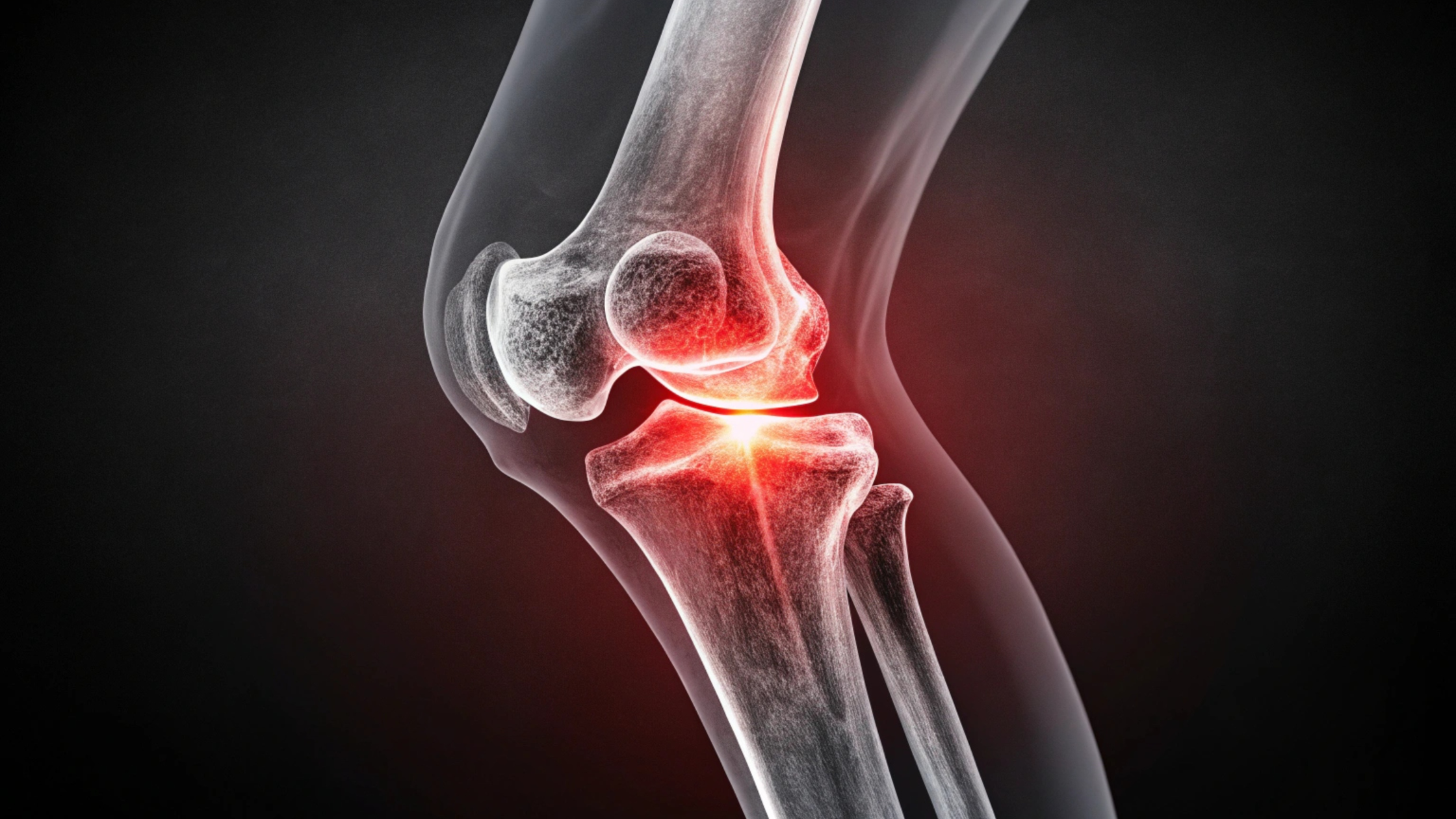![]() Make Appointments 24/7, 365 days a year.
Make Appointments 24/7, 365 days a year. ![]() 302-731-2888
302-731-2888
![]() Make Appointments 24/7, 365 days a year.
Make Appointments 24/7, 365 days a year. ![]() 302-731-2888
302-731-2888

ACL Tears, Meniscal Injuries, and Comprehensive Knee Care
The knee is one of the most complex joints in the body, responsible for bearing weight, absorbing impact, and enabling movement in nearly every daily activity. Because of its essential role, the knee is also highly vulnerable to injury—especially the anterior cruciate ligament (ACL) and the meniscus. Together, these structures help stabilize the knee and protect it during movement, but when they are damaged, the consequences can range from persistent pain to long-term instability and even early arthritis.
The ACL is one of the four major ligaments that stabilize the knee. It prevents the shinbone from sliding forward and helps control rotational movement. ACL tears commonly occur in sports that involve sudden stops, pivots, or jumps—such as soccer, basketball, and skiing.
Symptoms of an ACL tear may include:
A “popping” sound at the time of injury
Rapid swelling within the first 24 hours
Instability or the knee “giving way” during movement
Loss of full range of motion
ACL tears rarely heal on their own, as the ligament has limited blood supply. Treatment options often depend on the patient’s age, activity level, and goals. For athletes and active individuals, surgical reconstruction may be recommended, while physical therapy and bracing can support recovery in less active patients.
The menisci are two crescent-shaped pieces of cartilage that cushion and stabilize the knee joint. They act as shock absorbers, distributing weight and protecting the cartilage surfaces. Meniscal tears are common in both athletes and older adults.
Causes and symptoms of meniscal injury include:
Twisting or pivoting on a bent knee
Pain along the joint line
Swelling that develops more gradually than with an ACL tear
Clicking, locking, or catching sensations in the knee
Treatment varies depending on the type and location of the tear. Some tears may heal with conservative care such as rest, ice, physical therapy, and anti-inflammatory medication. Others, particularly those in areas with poor blood supply, may require surgical repair or partial removal of the damaged tissue.
When addressing knee injuries like ACL tears and meniscal damage, comprehensive care is essential. A holistic approach considers not just the injured structure, but also muscle strength, joint stability, biomechanics, and long-term joint health.
Elements of comprehensive knee care include:
Accurate diagnosis: Advanced imaging such as MRI helps identify both ligament and cartilage damage.
Personalized treatment plans: Combining surgical and nonsurgical approaches tailored to the individual’s activity level and goals.
Rehabilitation and physical therapy: Restoring strength, flexibility, and balance to prevent re-injury.
Preventive strategies: Incorporating strength training, proper warm-ups, and neuromuscular training to reduce the risk of future knee injuries.
ACL and meniscal injuries don’t just affect short-term performance—they can accelerate wear on the knee joint and increase the risk of osteoarthritis. That’s why timely diagnosis, targeted treatment, and proactive rehabilitation are critical.
By taking a comprehensive approach to knee care, patients can regain stability, return to the activities they love, and protect their joint health for years to come.
* indicates a required field.